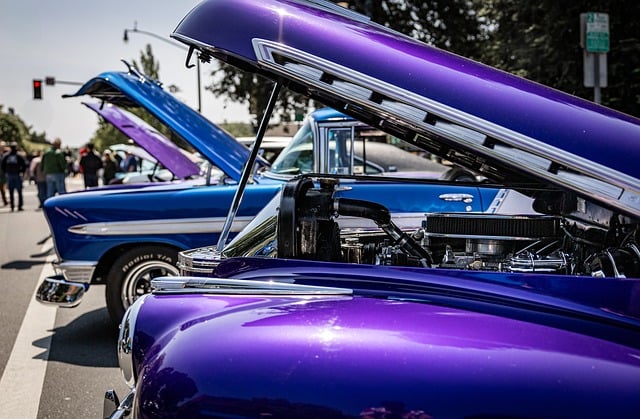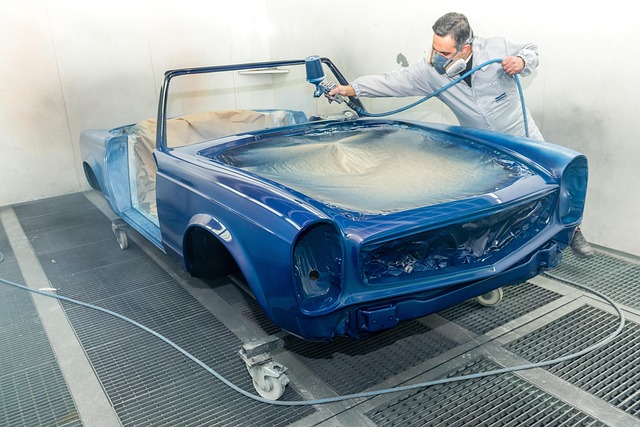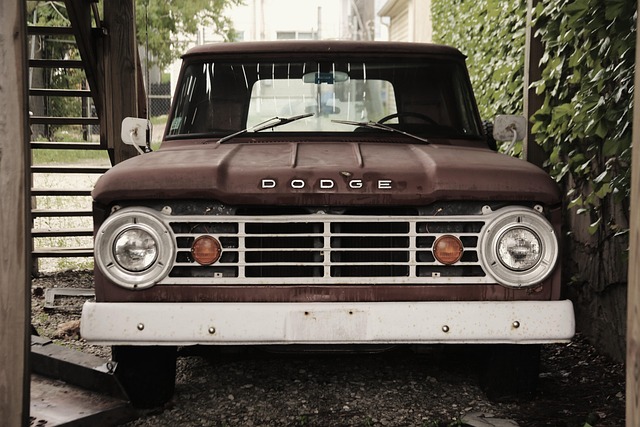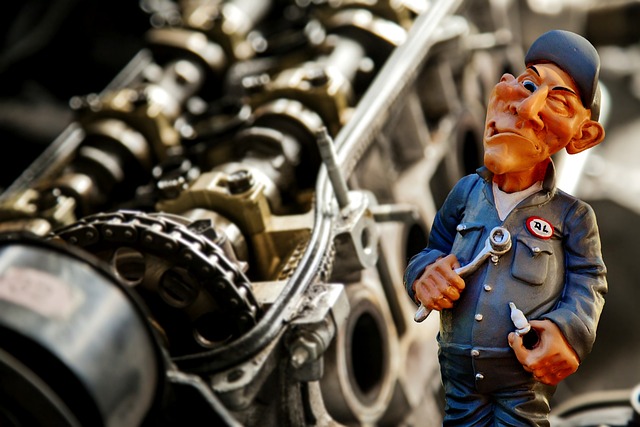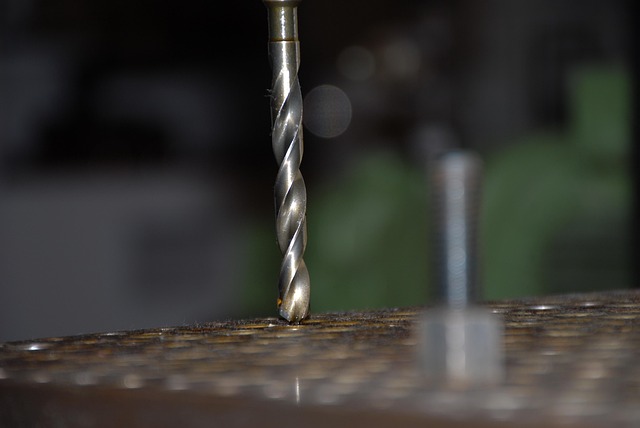In the auto body shop direct repair field, Direct Repair Billing (DRB) enhances transparency and efficiency by enabling shops to communicate directly with insurance providers for accident repairs, eliminating intermediaries. The process begins with detailed estimates, followed by repair completion and verification against the estimate. DRB simplifies billing, potentially reducing costs and speeding up claims settlement through accurate record-keeping and communication. Shops face challenges in understanding diverse insurance policies, necessitating user-friendly software, staff training, and strong insurer relationships to streamline claim processing and improve customer service.
In today’s competitive automotive industry, understanding how auto body shop direct repair shops handle billing is crucial. This article delves into the intricacies of direct repair billing, offering a comprehensive framework for both operations and best practices. From the initial estimate to final payment settlement, we explore the process, common challenges, and strategies that ensure efficient and accurate financial management within these specialized shops. By mastering direct repair billing, auto body shops can enhance customer satisfaction and streamline their operations.
- Understanding Direct Repair Billing: A Basic Framework
- The Process: From Estimate to Payment Settlement
- Common Challenges and Best Practices in Direct Repair Billing
Understanding Direct Repair Billing: A Basic Framework

In the realm of auto body shop direct repair, understanding billing processes is paramount for both shops and customers alike. Direct Repair Billing (DRB) refers to a streamlined system where an auto body shop, often specialized in specific makes or models, directly communicates with insurance providers to facilitate repairs on vehicles involved in accidents. This approach eliminates intermediaries, potentially reducing costs and expediting the claims settlement process.
The basic framework involves the shop providing detailed estimates for necessary auto body services, including auto painting and maintenance tasks, to the insurance company. Once approved, the shop proceeds with the repairs, ensuring all work meets industry standards. Upon completion, they submit final bills to the insurer, who then reimburses them directly, simplifying the entire billing cycle. This method enhances transparency and efficiency in the post-accident vehicle repair ecosystem.
The Process: From Estimate to Payment Settlement

The process of billing in an auto body shop direct repair facility begins with a thorough estimate. Customers bring their damaged vehicles to the shop for an assessment, where skilled technicians inspect every detail, from dent size and paint damage to structural integrity. This meticulous evaluation forms the basis for a precise, itemized estimate that outlines the cost of repairs required. Once approved by the customer, work commences on restoring the vehicle to its pre-accident condition.
Upon completion, the auto body shop’s accounting team verifies the repair work against the initial estimate. They meticulously process each charge, ensuring accuracy and transparency. This involves billing the insurance company or the customer directly, depending on the source of payment. Efficient record-keeping and clear communication throughout ensure a smooth settlement process, allowing both parties to move forward with satisfaction, knowing that every aspect of the repair has been accounted for accurately in the final payment.
Common Challenges and Best Practices in Direct Repair Billing
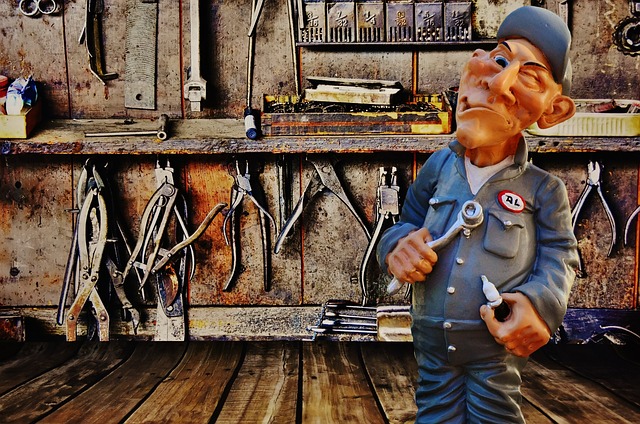
Direct repair shops in auto body shops face unique challenges when it comes to billing and invoicing. One of the primary difficulties is navigating the complexities of various insurance policies, which can vary widely between providers. Each insurer has its own set of guidelines and requirements for auto dent repair or car damage repair claims, making it crucial for these shops to stay updated and compliant. This involves understanding deductibles, co-pays, and the specific processes for filing claims, which can be a complex task.
To address these challenges, best practices recommend implementing robust systems for accurate billing and efficient communication with insurance providers. Auto body shop direct repair shops should invest in user-friendly software that streamlines the invoicing process, ensuring timely submissions and minimizing errors. Regular training sessions for staff on industry standards and insurance procedures can help maintain high levels of accuracy. Additionally, fostering strong relationships with insurers through consistent, transparent communication can lead to smoother claim processing, ultimately benefiting both the shop and its customers.
Auto body shop direct repair shops have streamlined their billing processes, offering efficient solutions for customers and businesses alike. By understanding the basic framework of direct repair billing, navigating the steps from estimate to payment settlement, and adopting best practices to overcome common challenges, these shops ensure a smooth experience for all involved. This approach not only enhances customer satisfaction but also fosters trust in the auto body industry, positioning direct repair shops as reliable and competent service providers.


